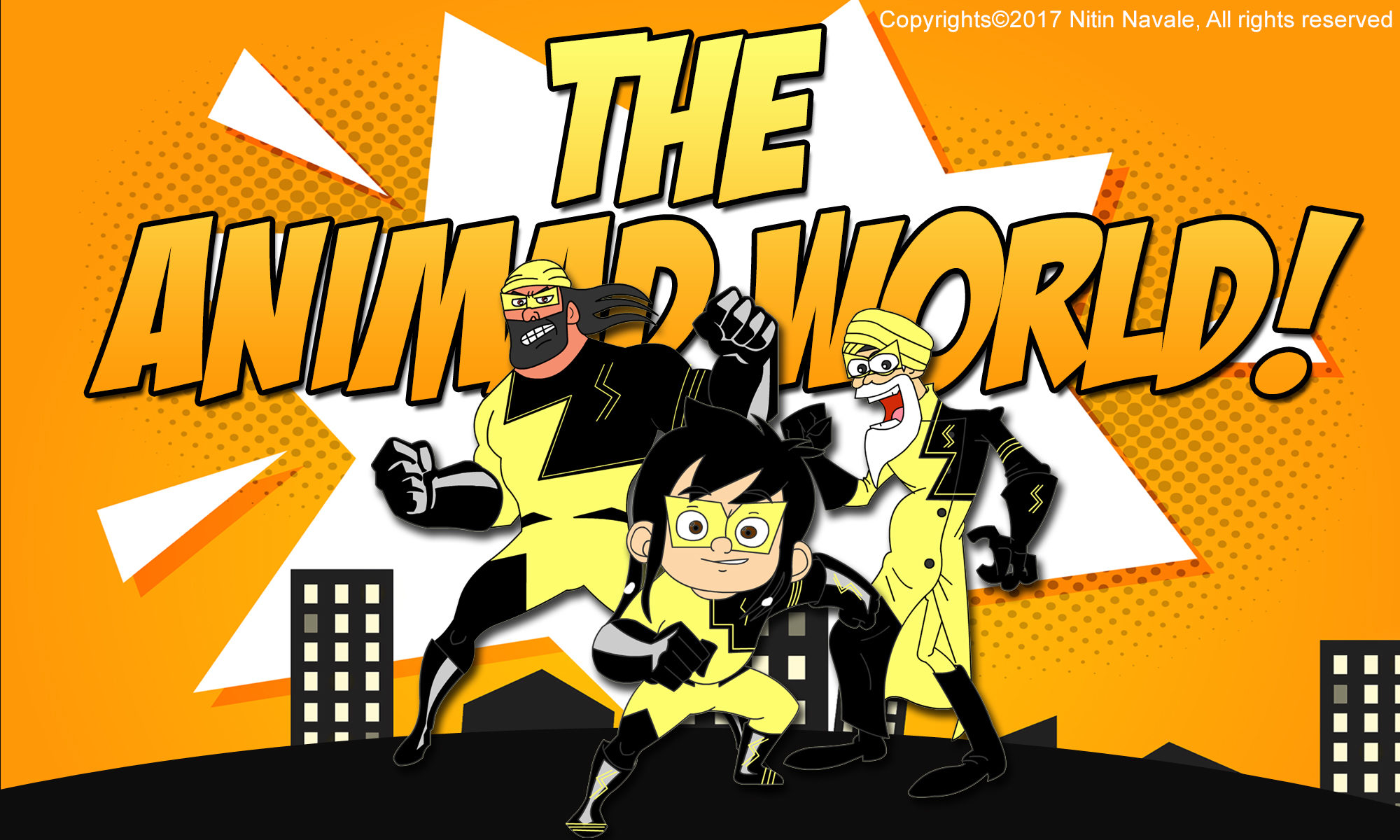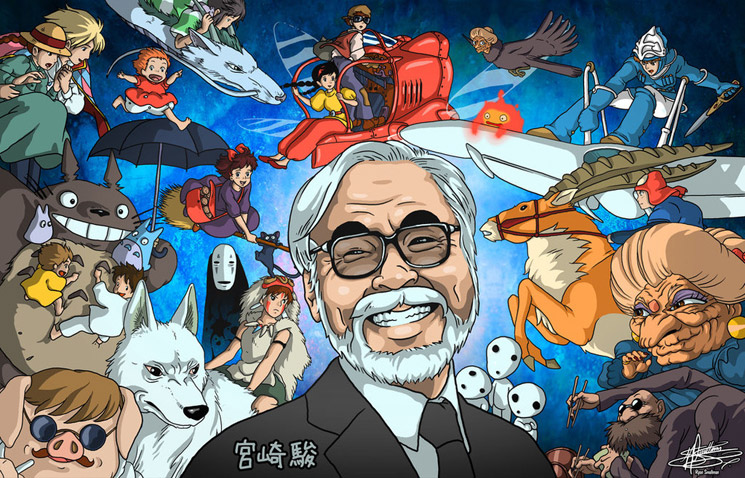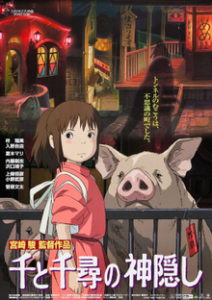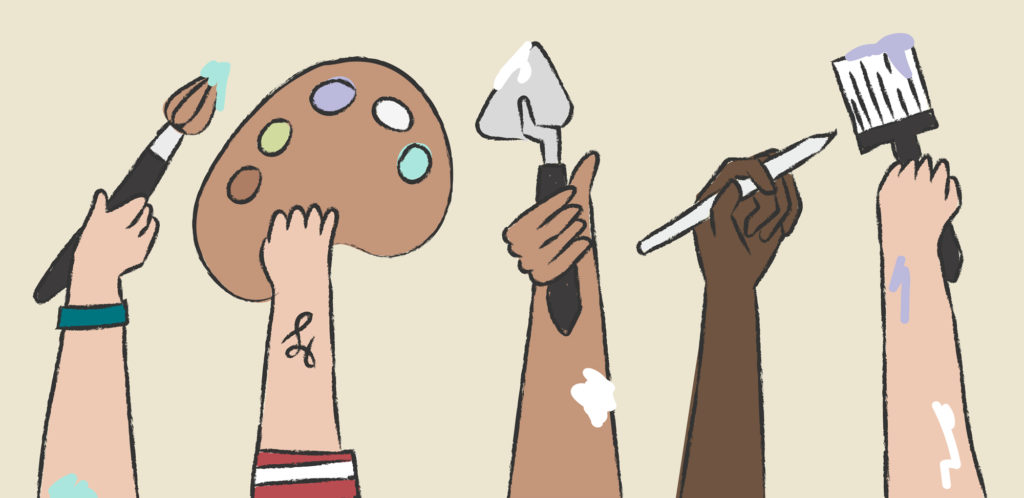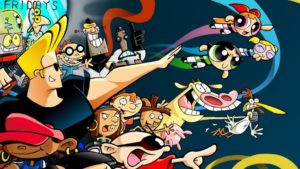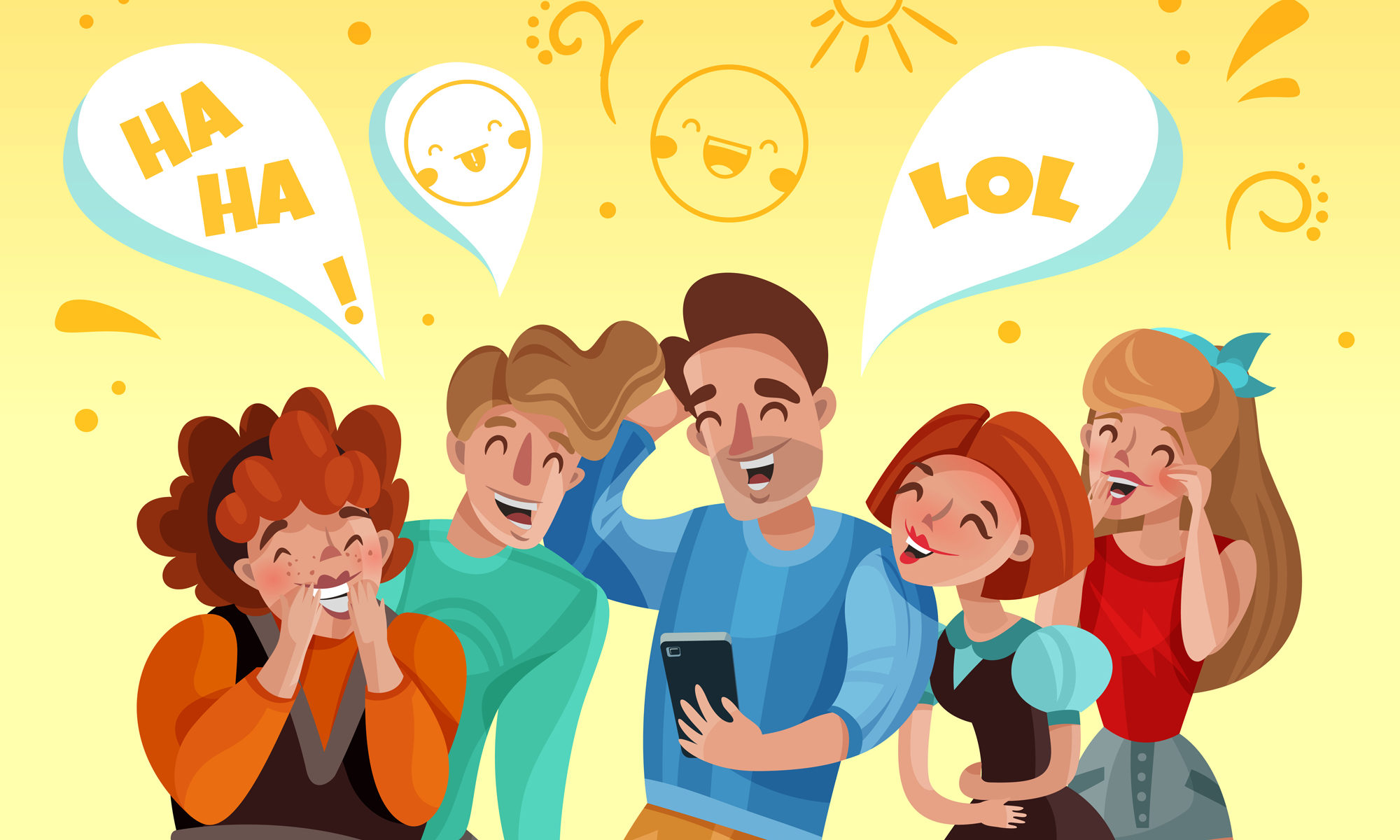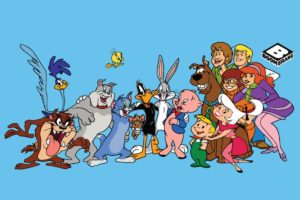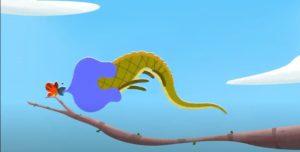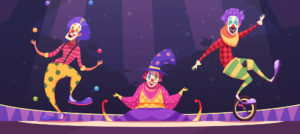CHAPTER 12
THE COPY OF A COPY
AND WHY WE STRUGGLE?
“Good artists copy, Great artists steal.”
― PABLO PICASSO
Let’s get honest here; it’s no more a mystery to us that when art is created, it is usually inspired by something that has already been done. Even the lights of Michelangelo, Van Gough and Walt Disney were influenced by their predecessors and spent their early years recreating the same old work.
No one is spared by the temptation of plagiarism, as many of us don’t want to spend the time, effort, and money required in reinventing the wheel.
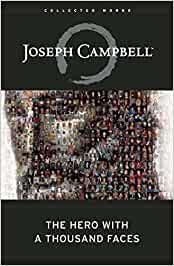
And the same goes when it comes to the art of storytelling. Yes, although the style, genre, message in every story we witness seems different at face value. But at the core, they all follow the same basic structure that has been laid down brilliantly by a widely respected philosopher and theologist “Joseph Cambell“ in his book “A hero with thousand faces.”
In this masterwork, Campell illustrates the hero’s journey, how the hero or the protagonist goes from the ordinary world into a region of supernatural powers and out of his comfort zone.
Where he or she encounters fabulous forces, and after a life-altering battle, gains the victory. The hero then comes back from this spiritual adventure as a changed person with the power to bestow boons on the society at large.

This hero’s journey is a pattern you will see even in all the mythologies of the world, and nothing has been changed since the dawn of storytelling due to its soul-satisfying structure that we all crave emotionally and spiritually.
And when it comes to the story structure of Indian Animation shows, it isn’t surprising to see this same rhythm and balance been utilized frequently. But, the main issue with Indian Animation and especially TV shows, isn’t the use of the hero’s journey. Instead, it is following the same style, genre, and message.
Yes, every show looks the same with just a little tweak in the personality of the main characters.
All the popular indian animation shows have this ten-year-old, super-powerful male protagonist assisted by a smart female friend, a fanboy side-kick, and a goofy animal.
And most of the time, these characters are the epitome of perfection and moral values and are usually mature way beyond their current age.
In a typical episode, they will battle the outside forces using their quirks and wits and, more importantly, without making any mistakes or doing something that an average ten-year-old kid will do.
And that’s completely fine at a level because these shows are carrying the responsibilities of grooming the future generation and surely wants to play safe to avoid any complaints from parents.
But the basic formula of all these superheroic shows are so similar that from a viewer’s perspective, it gets dull and monotonous, and it feels like we are watching the same show just with different looking kids.
Yes, If I take the hero of one show and put it in another, nothing will change. And that’s poor storytelling and world-building, and such shows will never be able to impress the mature audiences.
Because the problems and obstacles should be uniquely limited to the characters of the particular world to make the viewer’s switch on your channel and get submerged into your realm.
For example, If I’ll put Batman against Green Goblin, he will fight the antagonist way different than Spiderman will do, or even Superman will do.
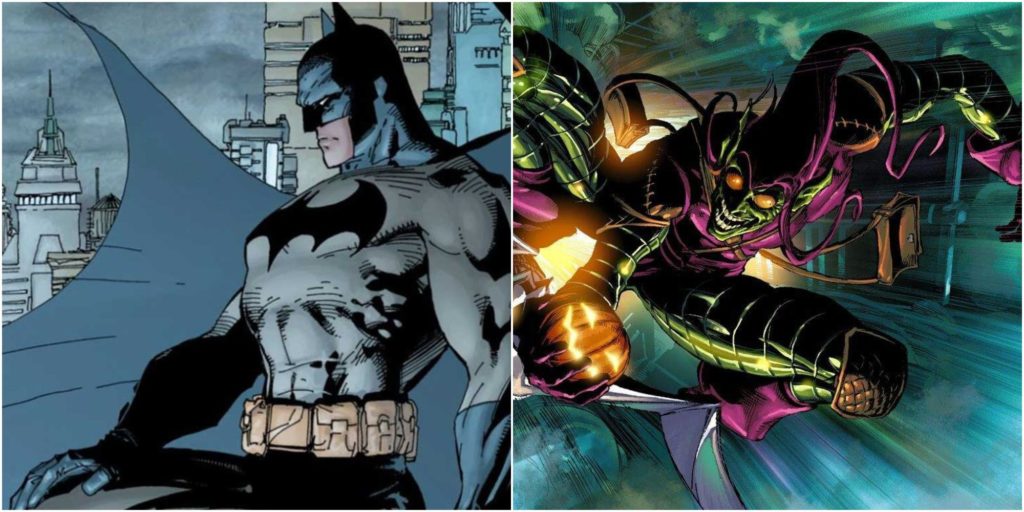
And that’s precisely the reason we would be excited to witness such a cross over as each of these characters uses their abilities in their own style, rhythm, and pace to tackle the evil in front of them.

But if I take Little Singham and put him against any of the villains of Chhota Bheem, I don’t expect any different approach from the protagonist. And even the antagonist need not worry about altering their plans because both the heroes are almost identical in their strength and, of course, no weaknesses. Same goes for Kisna, Arjun the Prince Warrior, and even Motu Patlu followed the same pattern after a point.
But I know what everyone must be wondering; despite being a copy of a copy, our kids are hooked on the Tv screen and adore these characters more than anything.
Well, the reason behind it is because they are not exposed to other things yet and are forced to consume these products with no or limited choices.
One of the main factors most of us who grew up in the 90’s aren’t a big fan of our domestic shows is because we have seen productions that are highly creative and technically strong. Thus we can immediately identify the difference and express our opinions for it.
And this factor isn’t limited to our cartoon shows and kids, in recent times this phenomenon can be seen in movies as well, due to the availability of the better quality product provided by international media through streaming services and theater releases.
We have have been witnessing that a significant number of people have been raising their voices against Bollywood films and asking the creators to raise their standards as well.
Similarly, once our kids explore the different creative shows, they tend to move on like everyone else.
But to be honest, we don’t want the kids to move on. We want them to cherish our local heroes forever in their memories and hearts and look at them as inspiration to deal with the issues and problems life throws at them that are unique according to a person’s circumstances and experiences.
And to do that, we need to give our heroes their unique style, strength, world, and, most importantly, the weaknesses. And to do so, we need to steal from history and learn how the shows that left such an impact on the minds of a generation manages to embrace their identity in the world full of a copy of a copy.
